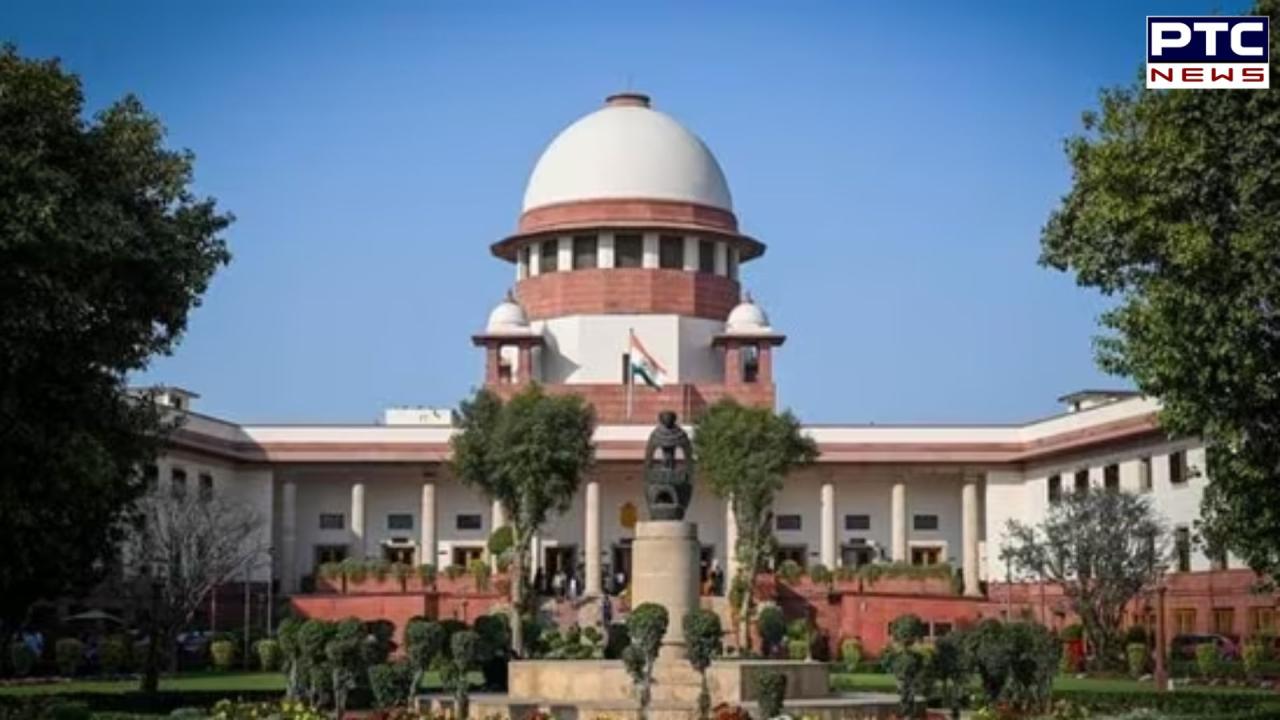

‘Not every property owned by individual can be material resource of community’, rules Supreme Court
PTC News Desk: In a significant decision on Tuesday, the Supreme Court ruled that "Not all privately owned properties qualify as community resources that the State can take over for the common good. The nine-judge panel, chaired by Chief Justice of India DY Chandrachud, ruled on the controversial issue 8-1.
The judges on the bench included Chief Justice DY Chandrachud, Justice Hrishikesh Roy, Justice Nagarathna BV, Justice Sudhanshu Dhulia, Justice JB Pardiwala, Justice Manoj Misra, Justice Rajesh Bindal, Justice SC Sharma, and Justice AG Masih.
The case concerns Article 31C of the Constitution, which safeguards laws enacted by the state to carry out directive principles of state policy -- guidelines that the Constitution establishes for governments to follow when making laws and policies. One of the laws protected by Article 31C is Article 39B. Article 39B states that the State's policies shall be directed towards ensuring that ownership and control of the community's material resources are allocated in such a way that the common good is best served.
On this, the Chief Justice stated, "Does material resource of a community used in 39B include privately owned resources? Theoretically, the answer is yes, the phrase may include privately owned resources. However, this court is unable to subscribe itself to the minority view of Justice Iyer in Ranganath Reddy. We hold that not every resource owned by an individual can be considered a material resource of a community only because it meets the qualifier of material needs."
"The enquiry about the resource in question falls under 39B must be contest-specific and subject to a non-exhaustive list of factors such as nature of the resource, the characteristics, the impact of the resource on well-being of the community, the scarcity of resource and consequences of such a resource being concentrated in the hands of private players, the public trust doctrine evolved by this court may also help identify resources which fall under the ambit of material resource of a community," he further said.
In 1977, a seven-judge panel ruled 4:3 that all privately owned property did not fit within the ambit of the community's material resources. In a minority judgement, Justice Krishna Iyer held that both public and private resources were "material resources of the community" under Article 39(b).
In her separate decision, Justice Nagarathna disagreed with the Chief Justice's views on Justice Iyer's ruling.
"Justice Krishna Iyer adjudicated on the material resources of a community in the backdrop of a constitutional and economic structure which gave primacy to the State in a broad sweeping manner. The 42nd amendment had included socialist in the Constitution. Can we castigate former judges and allege them with disservice only because of reaching a different interpretative outcome?"
"It is a matter of concern as to judicial brethren of posterity view the judges of the brethren of past... possibly by losing sight of time when the latter discharged duty and socio-economic policies pursued by the state... merely after liberalisation, paradigm shift after 1991 reforms, it cannot lead to branding the judges of this court of yesteryears as to doing disservice to the Constitution... at the outset I may say that such observations emanating from this court and calling that they were not true to their oath of office... but just by having a paradigm shift in economic policies... judges of posterity should not follow the practice. I do not concur with the opinion of the Chief Justice in this regard," she ruled.
- PTC NEWS
